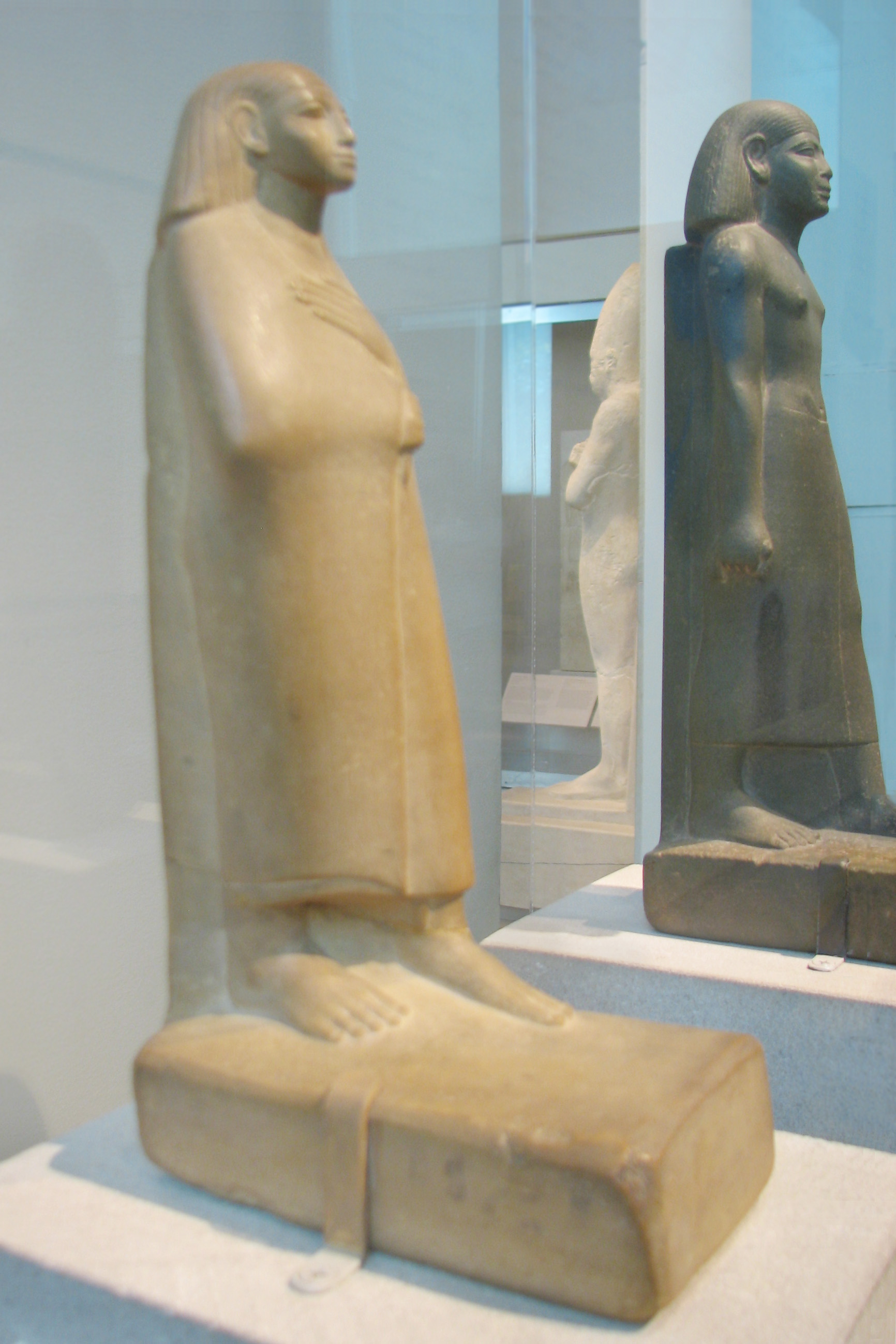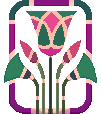
Thursday, July 21, 2016
Two From Abydos (Solving a Mystery)
9:08pm
I've gotten back into my San Diego photo archives and was frustrated by only a partial capture of the info card on one statue. Was it a shabti? Was it a statue?
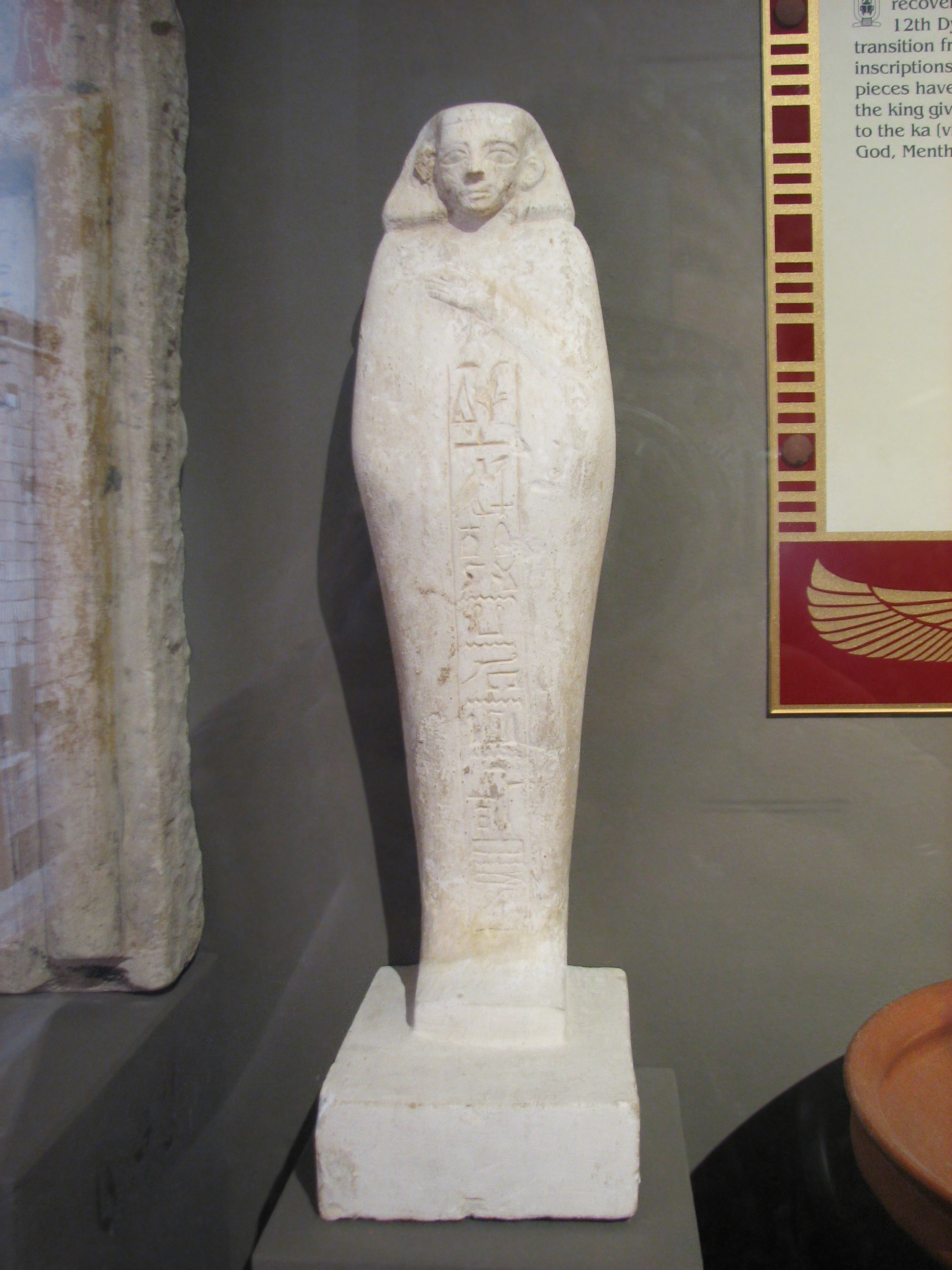
This statue and several stelae were found lying in the drifted sand or taken for paving stones in later tombs. Frankfort deems the statue and a related stela, also at the the San Diego museum, to be from the Middle Kingdom. I've already shared the stela:
 I was able make out "An offering which the king gives" "A Thousand Beers, Ox and Fowl" "For the Ka of" ... |
Meanwhile, I'd judged it as First Intermediate period or possibly Middle Kingdom, but the pose seems more Old Kingdom.
Both the statue and the stela refer to a man named Mentuhotep. Their inscriptions are very similar. Combining the Frankfort and Johnston translations, we have for the stela: "An offering which the king gives, a thousand of bread and beer, of cattle and fowl, to the Ka of the Overseer of the Granary, Mentuhotep, born of Wia (Uya)(triumphant?)". The statue doesn't speak of his parent, but expands his job title to "the Overseer of the Granary of the God’s Offerings".
Frankfort says of the statue:
"Though the figure is a rough piece of work its importance is nevertheless obvious. The inscription is that of an ordinary funerary statuette, but the fact that it is inscribed on the body instead of on back-pillar or base, and the general shape, hint already at the later shabti-figures, and thus it would be valuable if its place within the Middle Kingdom could be fixed with somewhat greater precision; but this seems hard to do. The general impression one gets from the style of the figure on the stela as well as the considerable height of the relief seems to connect with the Old Kingdom; a similar stela in Cairo (20014) contains the name Khentikhetihotpe, which points perhaps with somewhat more decisiveness to the beginning of the Middle Kingdom than the names on our objects; and I would be inclined to put these provisionally in the beginning of the Middle Kingdom. The attire of the figure, whose left arm is advanced while the right arm is cleverly suggested underneath the cloth by the modelling, seems not to be considered an attire of the living by Bonnet, and indeed it resembles the mummy-shroud rather than the long mantle worn by old men in the Middle Kingdom, which leaves the arms or even a shoulder free." (page 240)
The Met museum has a Middle Kingdom statue of a standing man in a shroud, and while the position of his left hand is the same to the San Diego statue, the Met museum's figure has his feet ready to run, and he lacks writing on the front:
Wikipedia has a photo of a early shabti shaped like a naked, standing man, in wax, from the 11th dynasty (circa 2050 BCE), Middle Kingdom, at the Munich, Staatliches Museum Ägyptischer Kunst, ÄS 6085. This wax figure has very little in common with the more familiar New Kingdom era shabtis. So we can see the Middle Kingdom San Diego statue of Mentuhotep is definitely a prototype for that more familiar shape.
Johnston gives the accession numbers for the Stela and the Statue respectively, Museum of Man # 14931 and #14932.

Saturday, July 30, 2016
Ankh Design
4:27pm
You know me, I get ideas, ideas, and more ideas! At the Ferocious Bronze: The Animal Sculptures of Arthur Putnam exhibit in San Diego, they showed a display of how he did his small sculptures:
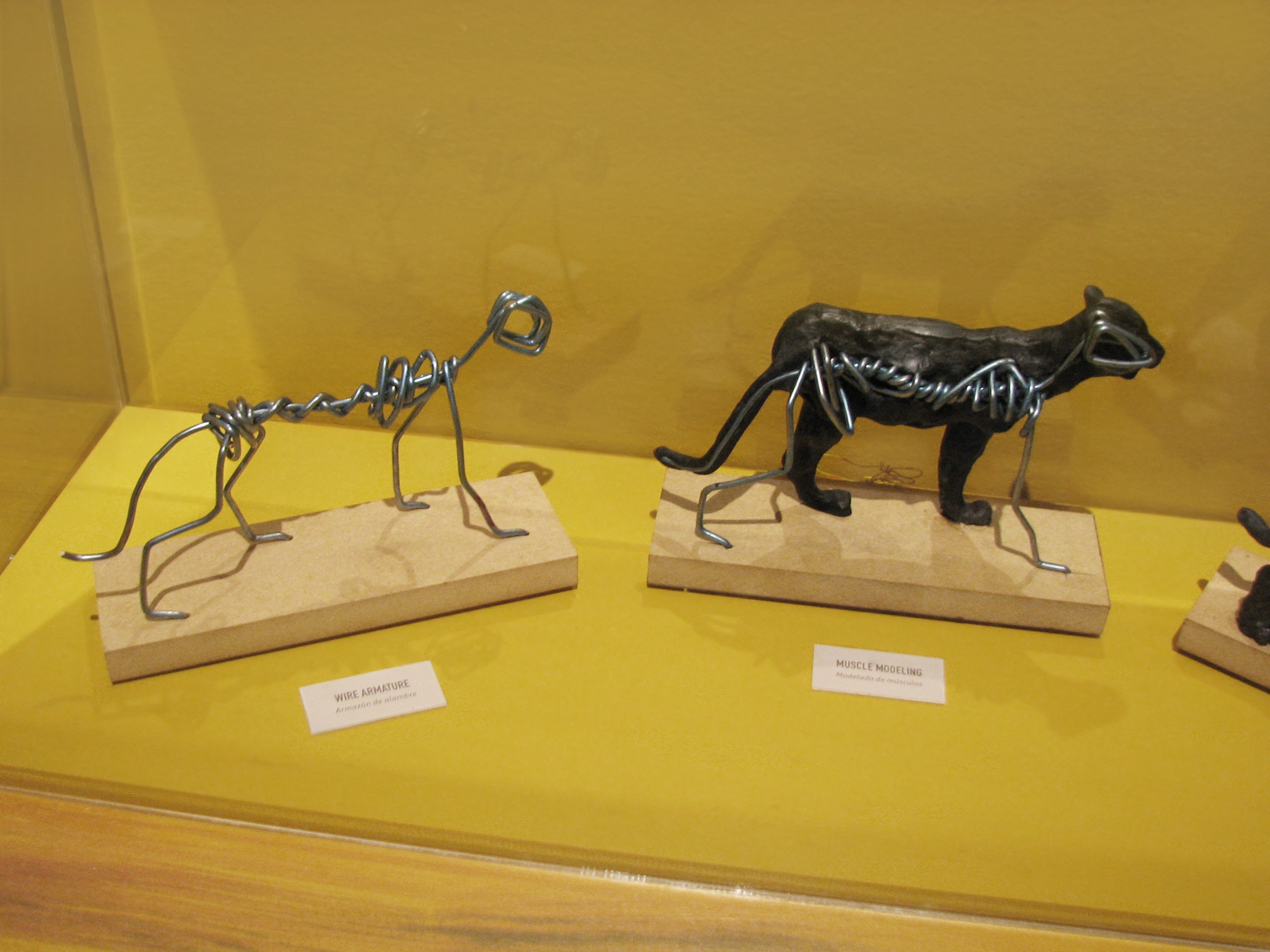
Here we see a wire armature and then how the wax is applied to it.
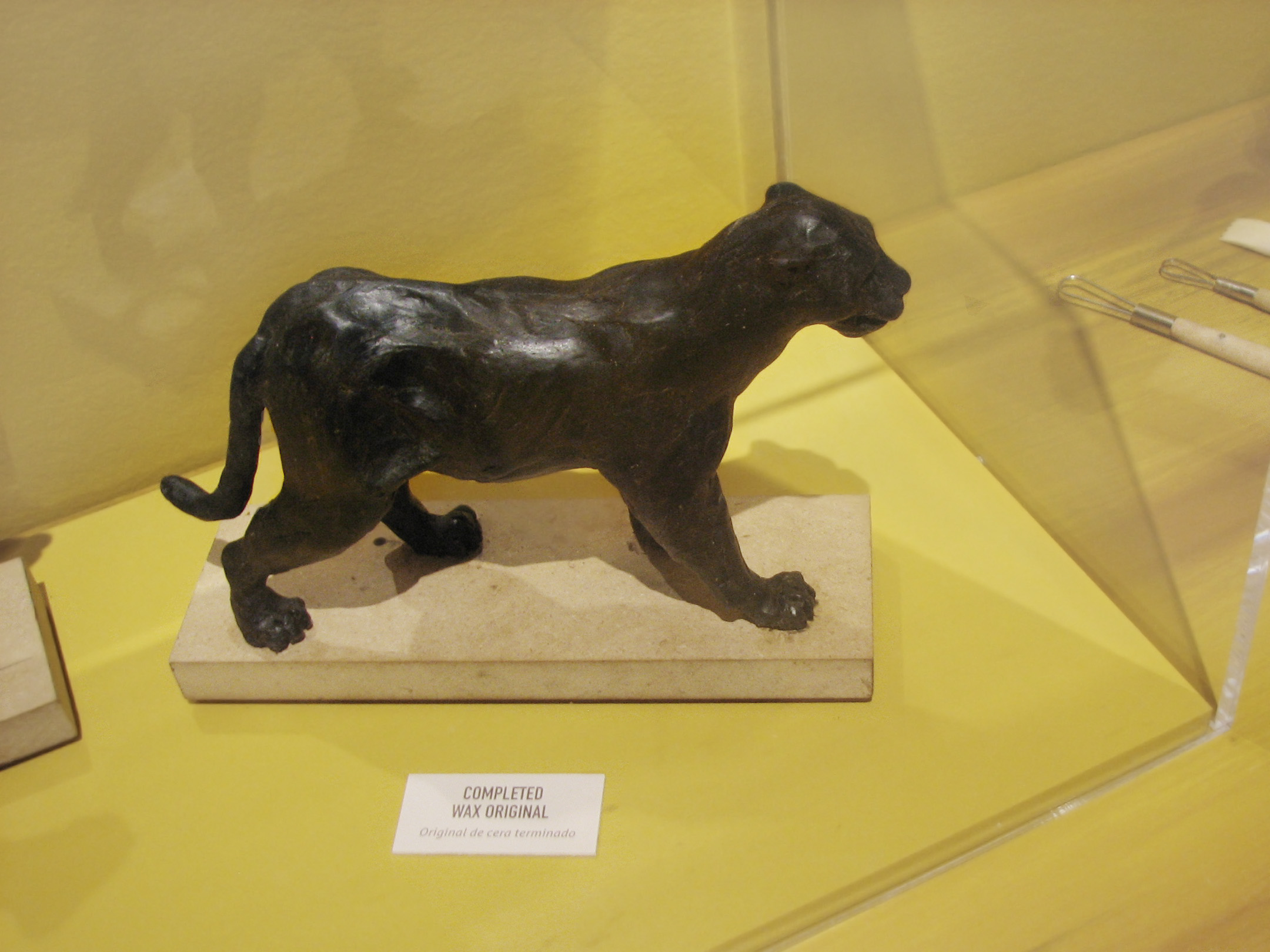
And here is the finished wax model....
Off to the right are examples of sculpting tools
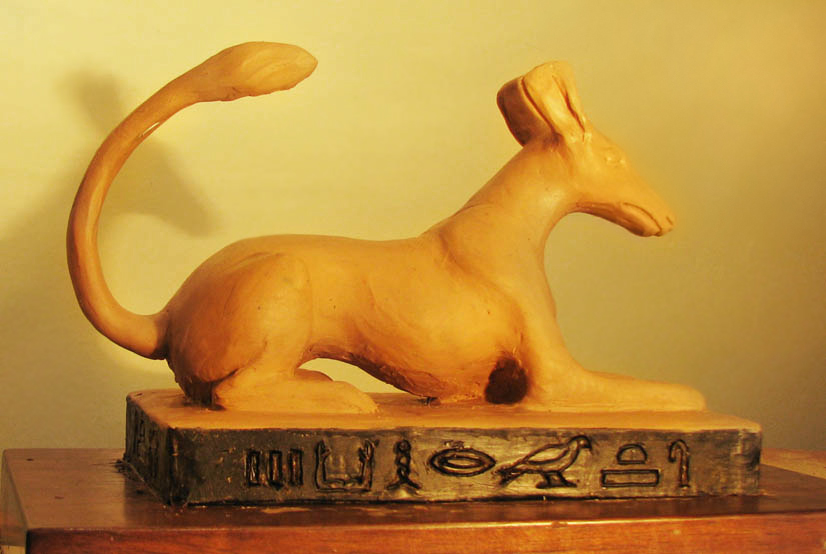
This lighting shows hieroglyph carving, which is done in wax, this side has Set (Sutekh), Great of Magic (Heka)
Could I attempt a simple design? I do remember my somewhat dreadful but not entirely hopeless clay pieces I did in high school. (Sadly, they didn't survive our many moves.) I think I might be able to manage a simple design. Now could I do the hieroglyphs I'd like on it?
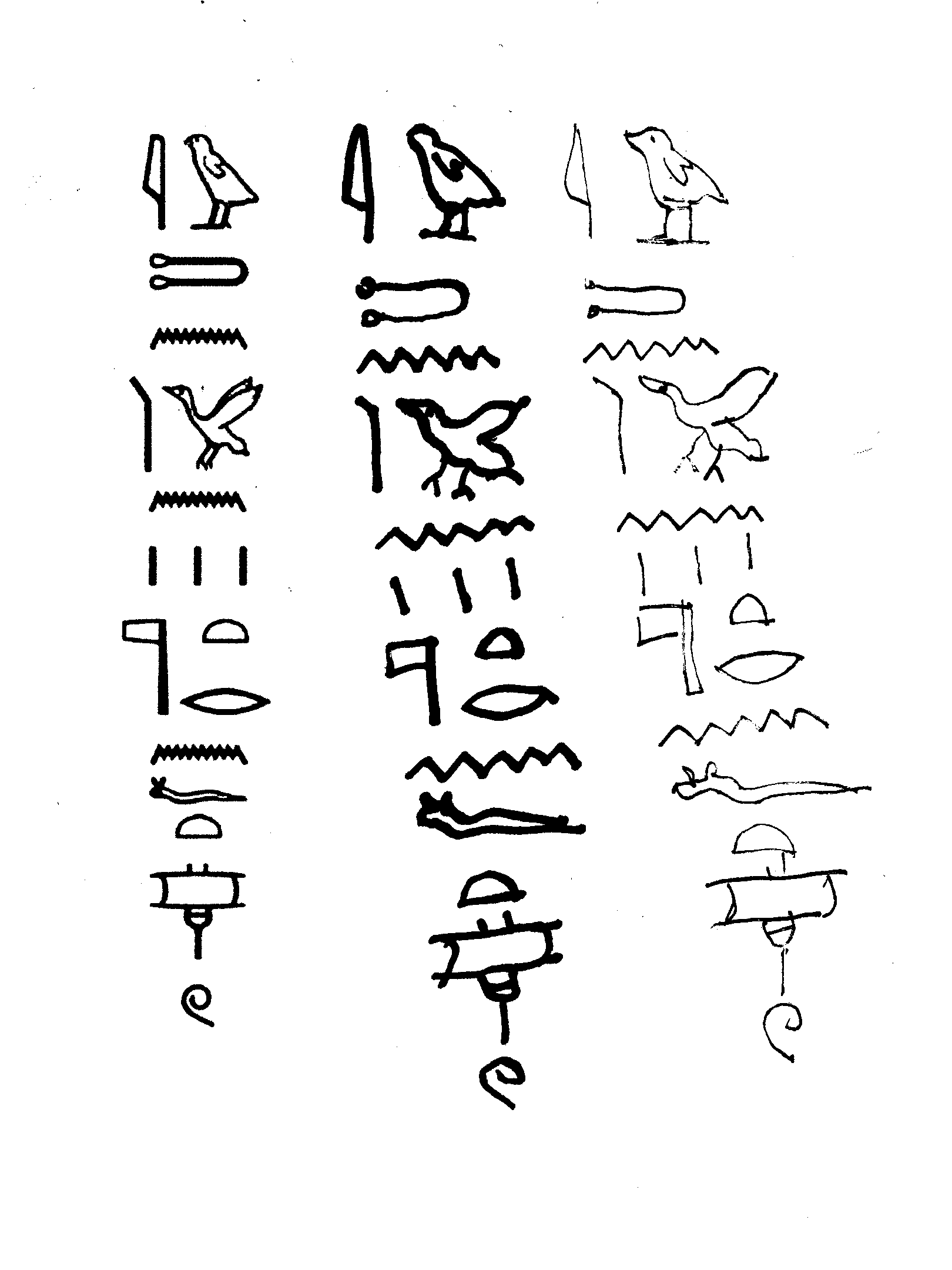 These glyphs are saying: Iw tjeni-en nefet Netjer: "the breath of Netjer lifts us (up)" |
You can see how awful my attempts are. There is a heating device which heats the wax up, I'm hoping I can do the equivalent of erasing a bad attempt with it and then re-carving it.
Some of the waxes melt at low temperatures. I'm afraid if I send for some now in the worst of summer, they'd be a melted blob by the time they got to my mail box. Does a local store sell this stuff? Anyway, if I get daring, (and I do "hear" small nudging voices saying "Get daring!", grin), I'd like to have a try at this:
 These glyphs are saying: Iw tjeni-en nefet Netjer: "the breath of Netjer lifts us (up)" |
Perhaps I will attempt a SMALL ankh, no writing, first!
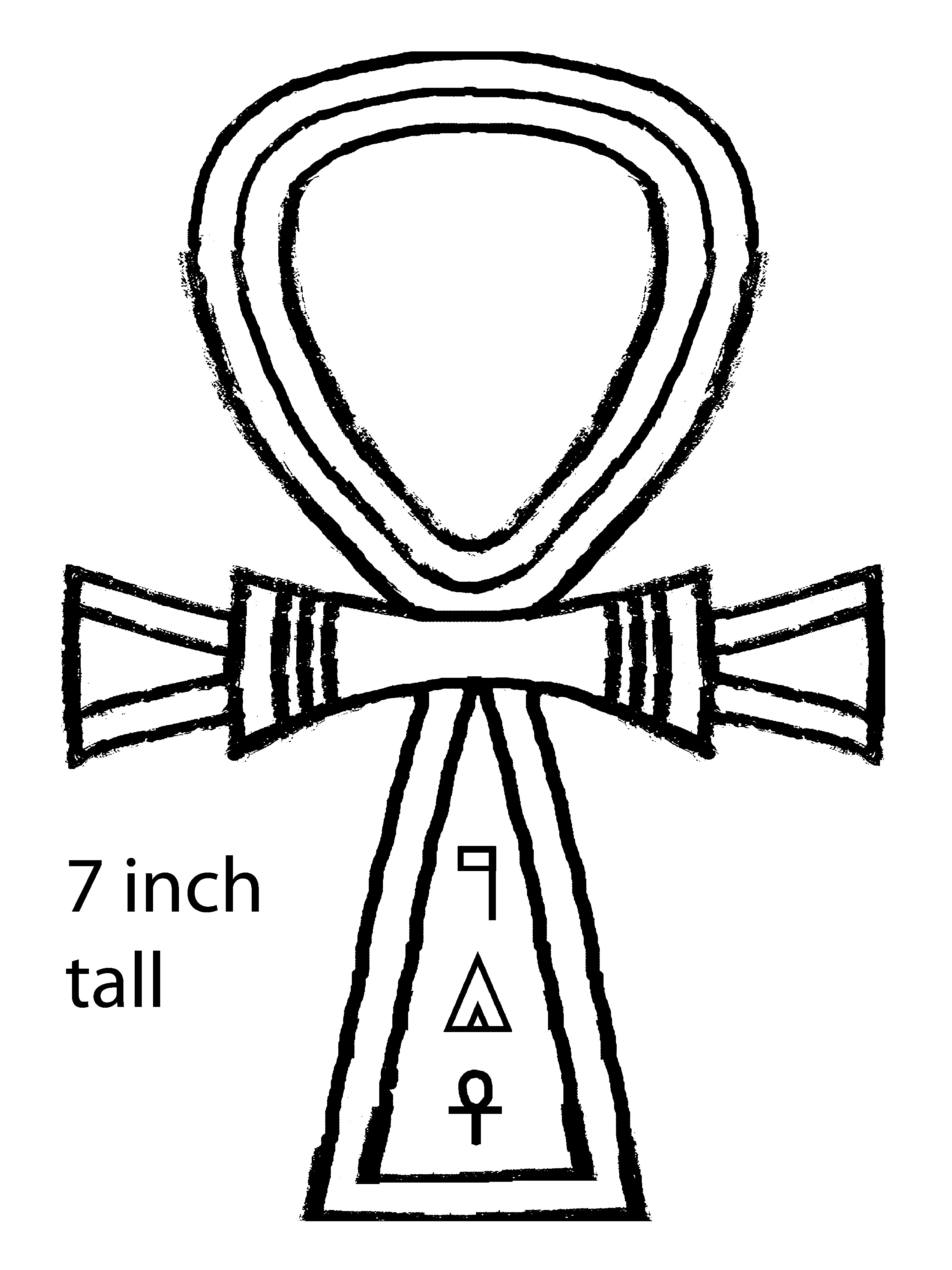 With a 7 inch tall ankh I could say "Netjer gives life" (I think this is correct phrasing?) |
